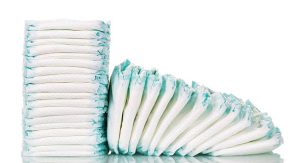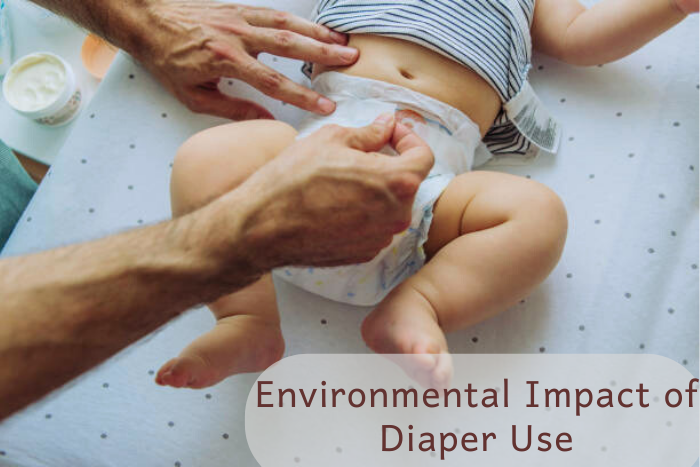This article seeks to analyze the impact of diaper use on our ecosystem, and what we can do to save it – while maintaining healthy usage on our babies.
Modern babies enjoy an easy, and simple life but theirs is no where near the joy of modern parents, if opportunities were to be given them to answer the question about preferences between former clothes napkins and present day baby diapers.
With many advantages enjoyed by parents, with the obvious exception of expenses, most modern parents will opt for diapers.
Yet what parents as well as most humans do not know is that, when the first mass-produced disposable diapers was launched into the market in the late 1940s.
It however, became just as potentially destructive, this is because of its negative environmental impact witnessed all around us today.
Single-use diapers are typically acmade from wood pulp, cotton, viscose rayon, and several specific plastics like – polyester, polyethylene and polypropylene – according to the United Nations Environment Programme (UNEP), 2021 report.
With this in view, these diapers have environmental impacts across their entire life cycle i.e starting from the production processes, right down to the final disposal stage.
What is the Negative Impact of Diapers?

Diapers has several advantages scarcely mentioned above, but are these advantages really worth the cost paid by our ecosystem? How does diapers impact the environment exactly?
We probably should start with just a simple mathematical analysis. Statistics record that- disposable diapers market is worth US$71 billion a year and is among the largest contributors to public waste globally.
Global estimates on the number of single-use diapers for one baby range from 4,000 to 7,000.
This is more practical in a research article by a nappies website, which claims that one baby uses roughly 3,000 disposable diapers a year, and can go through abound 8,000 before they are no longer in need of diapers.
Not only does affording such ridiculously large number of diapers cost a lot of money— from about $75 a month to $900 a year—but it also creates a concern on baby’s health as well as several environmental impacts.
One diaper is estimated to take nearly 500 years to decompose. This is because baby diapers are made with non-recyleable plastics (meaning that it just sits in landfills for so many years and does not get used for anything else when thrown away after a single use.)
As they do so, they pollute soil and waterways, they introduce feces into groundwater, and also contribute to the problem of oil drilling, since they are made from plastic, a petroleum-based product.
Also, diapers has succeeded to also cause a significant strain on local authorities often tasked with their disposal.
Not to mention, plastic is destructive to the environment. It threatens wildlife both on land and in the sea and causes pollution.
Also Read: Life Cycle of Detergent and its Environmental Impact
Mitigation Strategies of the impact of Diapers Use on our Ecosystem

One solution to tackle the impact of diaper use on our ecosystem is through – making and using reusable diapers, which seen to have been making a likely comeback.
These nappies are more refined and safe, they are somewhat different from what parents in the past used, which needed to be changed over a dozen times a day before being soaked, washed and dried.
The new breed of reusable baby napkins are less prone to leaks and require less water, as they can be put into the washing machine, making the job of parents way easier.
Conclusion
With the above in mind, we recommend more and more parents to adopt the reusable nappies solution, as each parent that do will be saving the environment from nearly 8000 deposits of non-biodegradable diapers.
Now, imagine that number multiplied by 1000 to 100000? Yes, saving our ecosystem begins with us.
